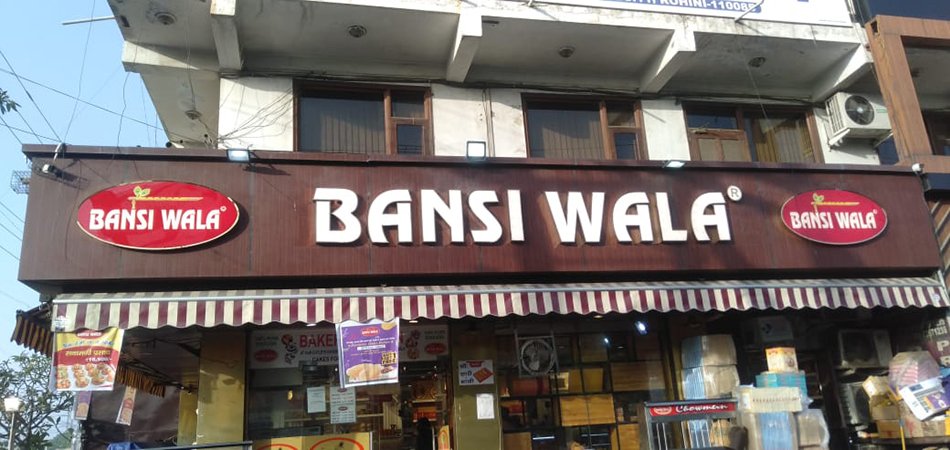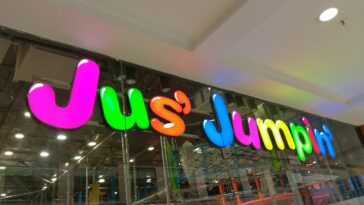In today’s fast-paced world, businesses are constantly looking for innovative ways to attract attention and engage customers. One of the most effective methods is through digital signage, and a sign board digital is at the forefront of this revolution. These dynamic and versatile displays are changing the way companies advertise, communicate, and interact with their audience. With the ability to display real-time content, promotions, and updates, a digital display board offers countless possibilities for businesses of all sizes.
1. What is a Sign Board Digital?
A sign board digital is an electronic display that uses technology such as LED, LCD, or digital screens to showcase content. Unlike traditional static signage, a digital sign board can display dynamic content, including images, videos, text, and even interactive elements. These boards are typically connected to a central management system, allowing businesses to update the content remotely, making it a highly flexible and efficient way to communicate with customers.
From simple messages and product ads to real-time news updates and promotions, a sign board digital can be programmed to display a wide range of content that can be easily changed to suit business needs. The digital format allows businesses to rotate multiple messages, ensuring that their signage always remains fresh and relevant.
2. Advantages of Using a Sign Board Digital
There are several key benefits to incorporating a sign board digital into your business strategy, and these advantages make it a top choice for businesses across industries.
Flexibility and Customization: One of the most significant advantages of digital signage is its flexibility. Businesses can easily adjust content, add new advertisements, or change messages with just a few clicks. Whether you want to display the latest sale, introduce a new product, or share an upcoming event, a sign board digital gives you the power to adapt your messaging quickly and efficiently.
Cost-Effective and Eco-Friendly: Though the initial investment in a sign board digital may be higher than traditional signage, it proves to be more cost-effective in the long run. With digital signs, businesses no longer need to print new posters, flyers, or banners every time they want to update their message. Additionally, digital signage reduces the use of paper and other materials, making it an environmentally friendly alternative.
Enhanced Customer Engagement: A sign board digital can captivate the attention of passersby much more effectively than static signage. With its bright colors, movement, and interactive elements, it draws customers in and encourages them to engage with the content. Businesses can even incorporate touch-screen functionality into their digital signage, allowing customers to interact directly with the display for more personalized experiences.
Real-Time Content and Data Integration: Another major advantage of a sign board digital is its ability to integrate real-time data. For example, a restaurant could display live updates of the day’s specials, or a retailer could highlight current inventory levels. Integrating real-time data helps keep the content relevant and engaging for customers, while also providing them with valuable, up-to-date information.
3. Applications of Sign Board Digital
A sign board digital is suitable for a wide range of industries and business types. Some common applications include:
- Retail: Digital signage is widely used in retail environments to promote sales, showcase new products, and guide customers to specific areas of the store. Interactive digital signage can also enhance the shopping experience by providing additional product information or helping customers locate items.
- Restaurants and Hospitality: Many restaurants use sign board digital technology to display menu options, daily specials, or promotions. Digital boards can also be used in hotels or airports for wayfinding, providing directions, flight information, or event schedules.
- Corporate Offices: In corporate settings, digital signage is often used for internal communication, displaying important announcements, meeting schedules, and company news. A sign board digital helps streamline communication across the organization and keeps employees informed.
- Transportation Hubs: Airports, train stations, and bus terminals frequently use digital signs for scheduling, flight updates, or directions. The ability to display real-time information makes digital signage indispensable in transportation hubs.
4. How to Choose the Right Sign Board Digital for Your Business
When selecting a sign board digital for your business, it’s important to consider factors such as size, resolution, and display technology. Ensure that the digital board fits the needs of your business and the space where it will be placed. You should also consider whether the sign will be for indoor or outdoor use, as this will affect its durability and brightness levels.
For outdoor signage, choose a display that can withstand various weather conditions and has a high brightness level to ensure visibility in direct sunlight. For indoor signage, the resolution of the screen and its ability to deliver sharp, clear images is essential.
Conclusion
Incorporating a sign board digital into your business strategy is a smart choice for staying ahead in today’s competitive market. With its dynamic content, cost-effectiveness, and ability to engage customers, digital signage is transforming how businesses communicate. By selecting the right sign board digital, you can enhance your branding, improve customer engagement, and deliver up-to-date information with ease.
If you’re looking for high-quality sign board digital solutions, Urban Glow Signage offers a wide range of digital display boards that are perfect for businesses of all types. Visit digital display board to learn more about how we can help you create an impactful and engaging signage experience for your business.




 No products in the cart.
No products in the cart.